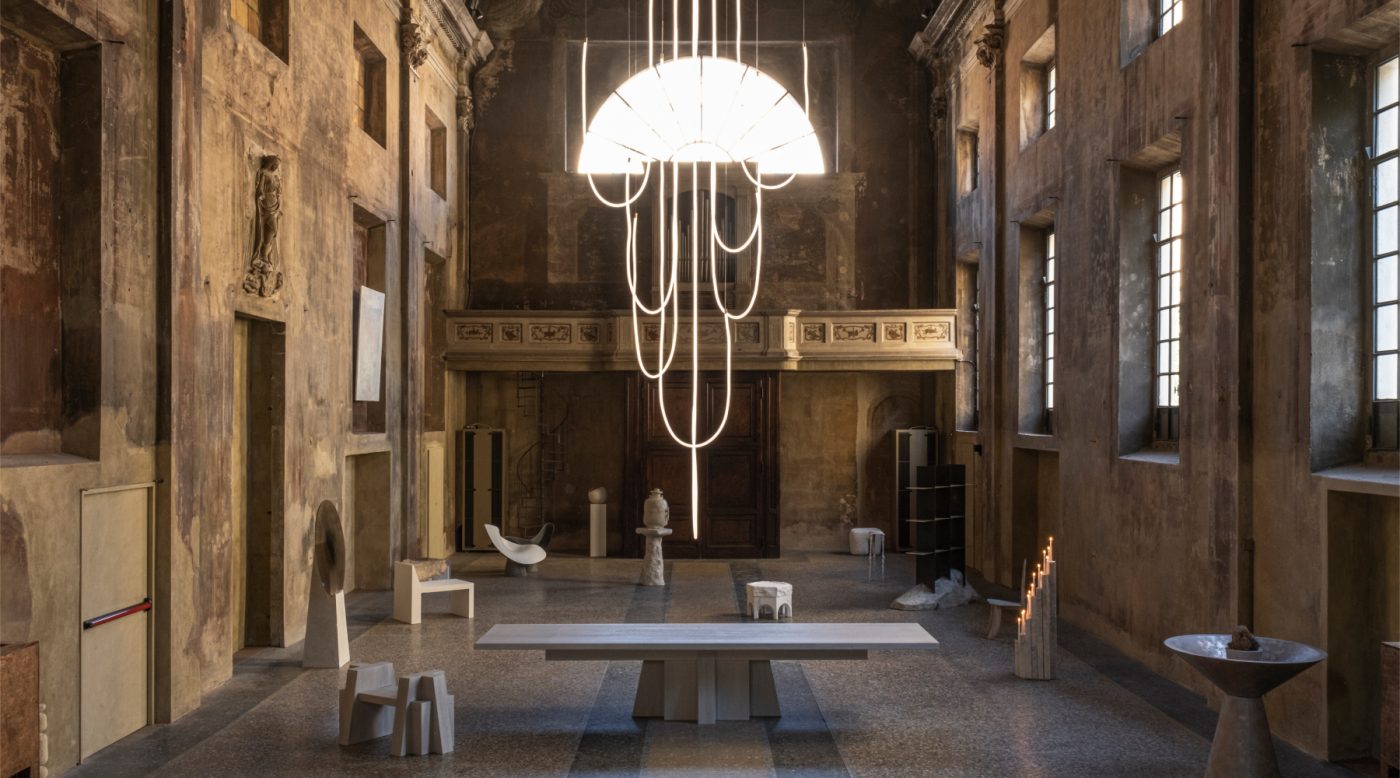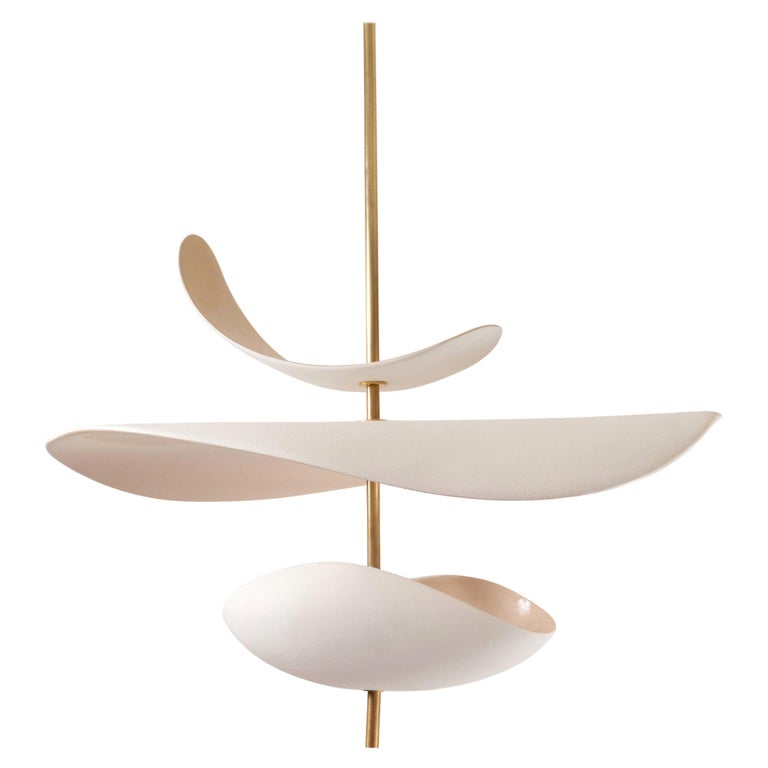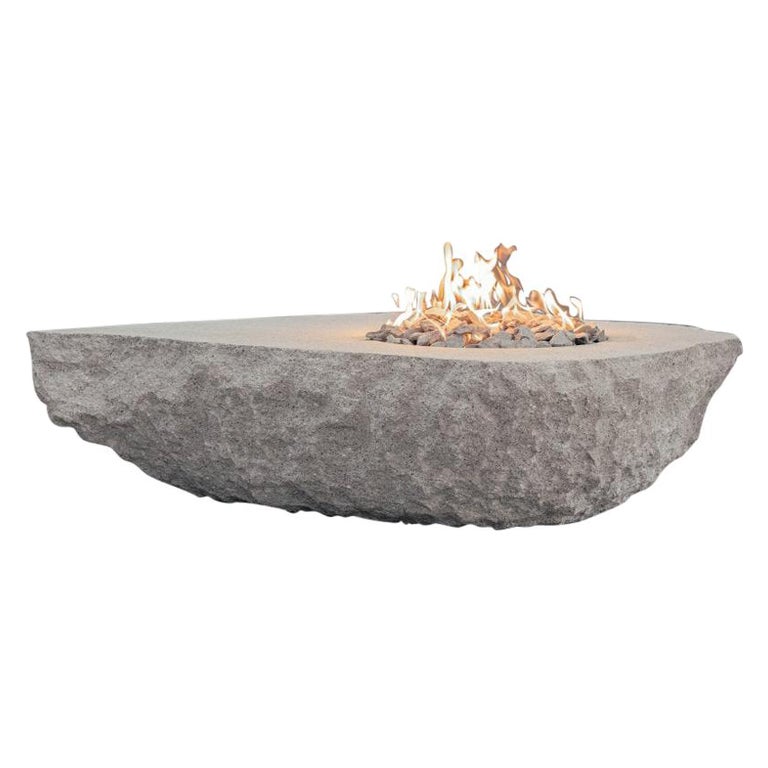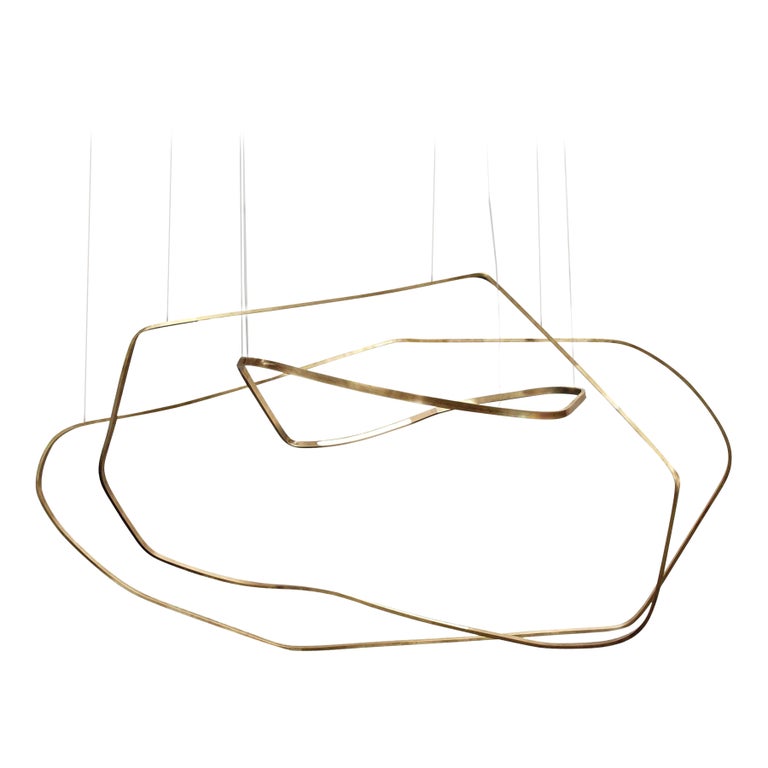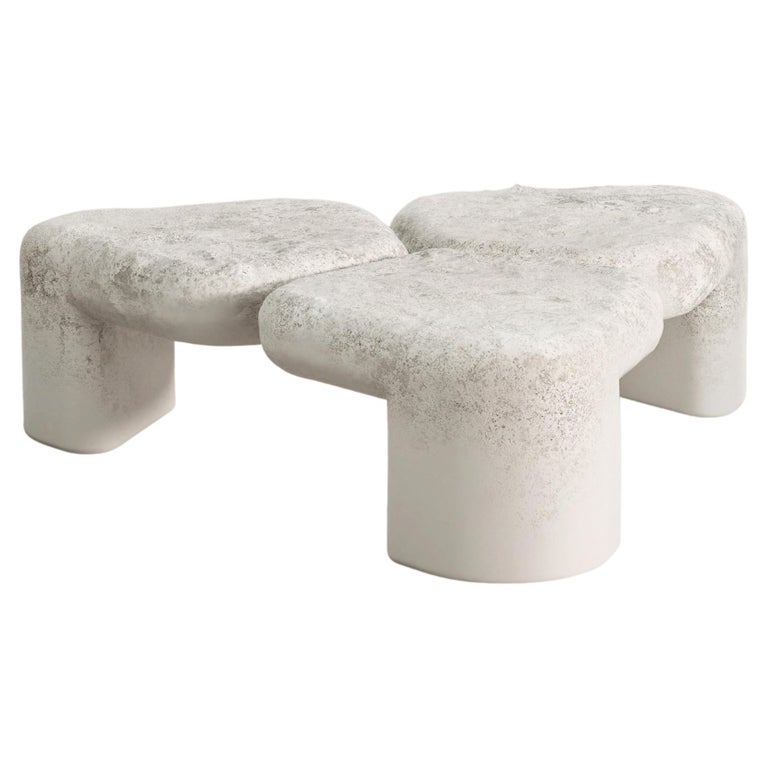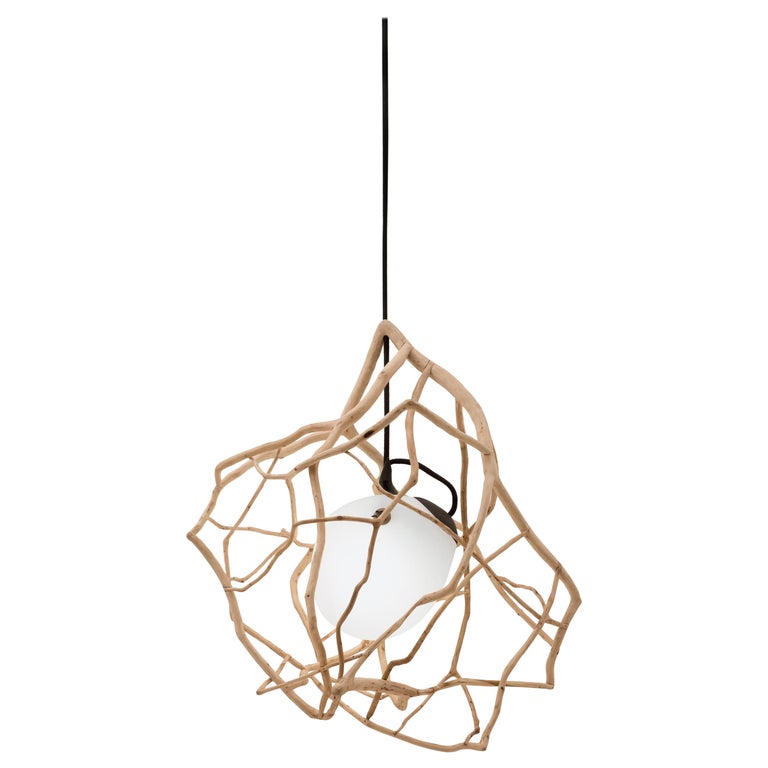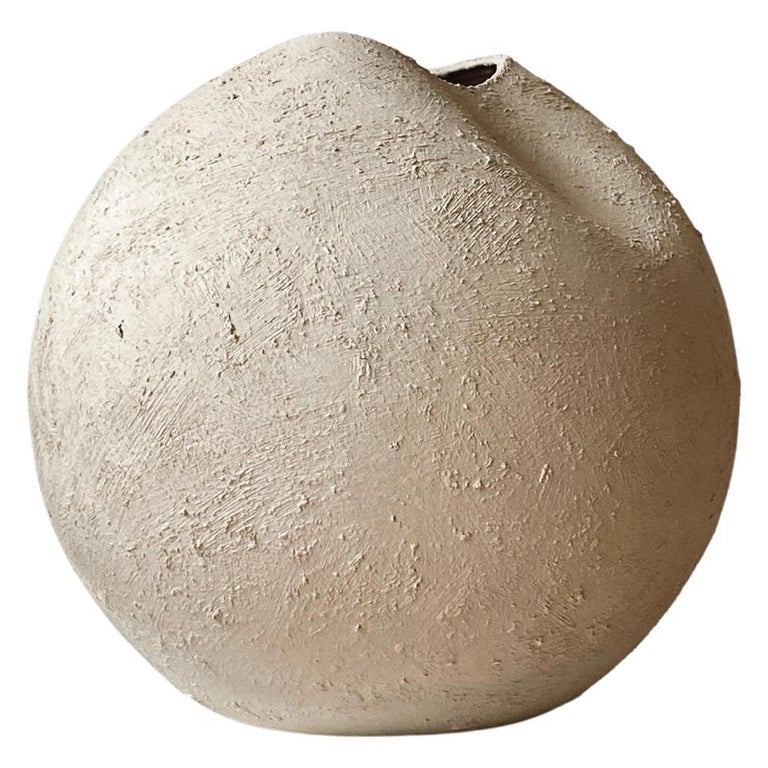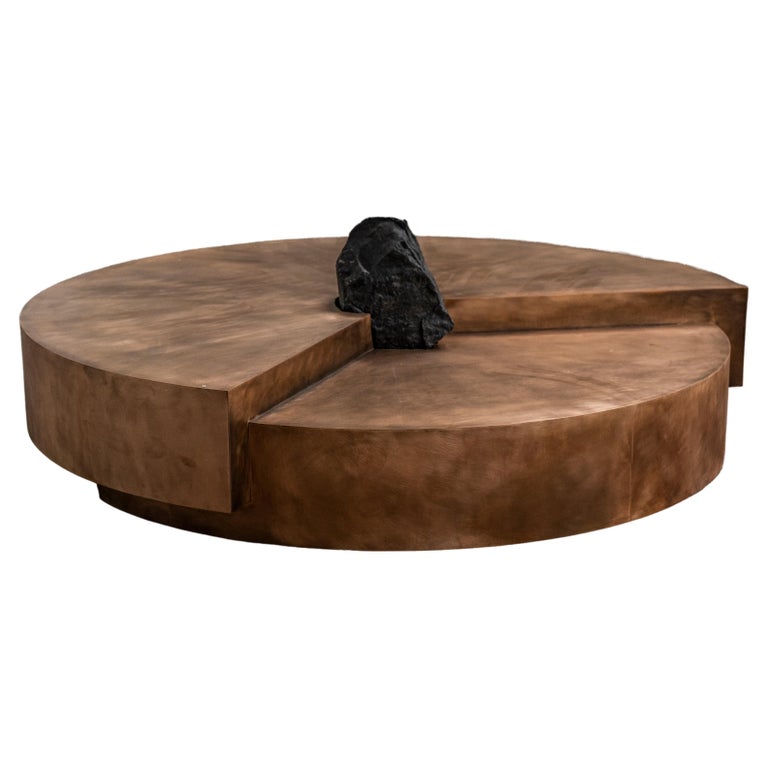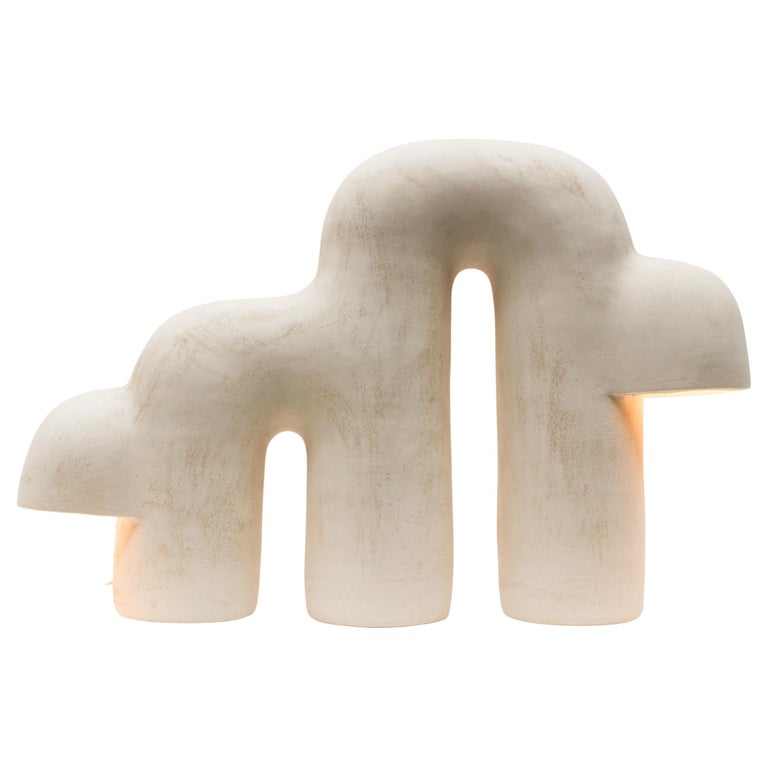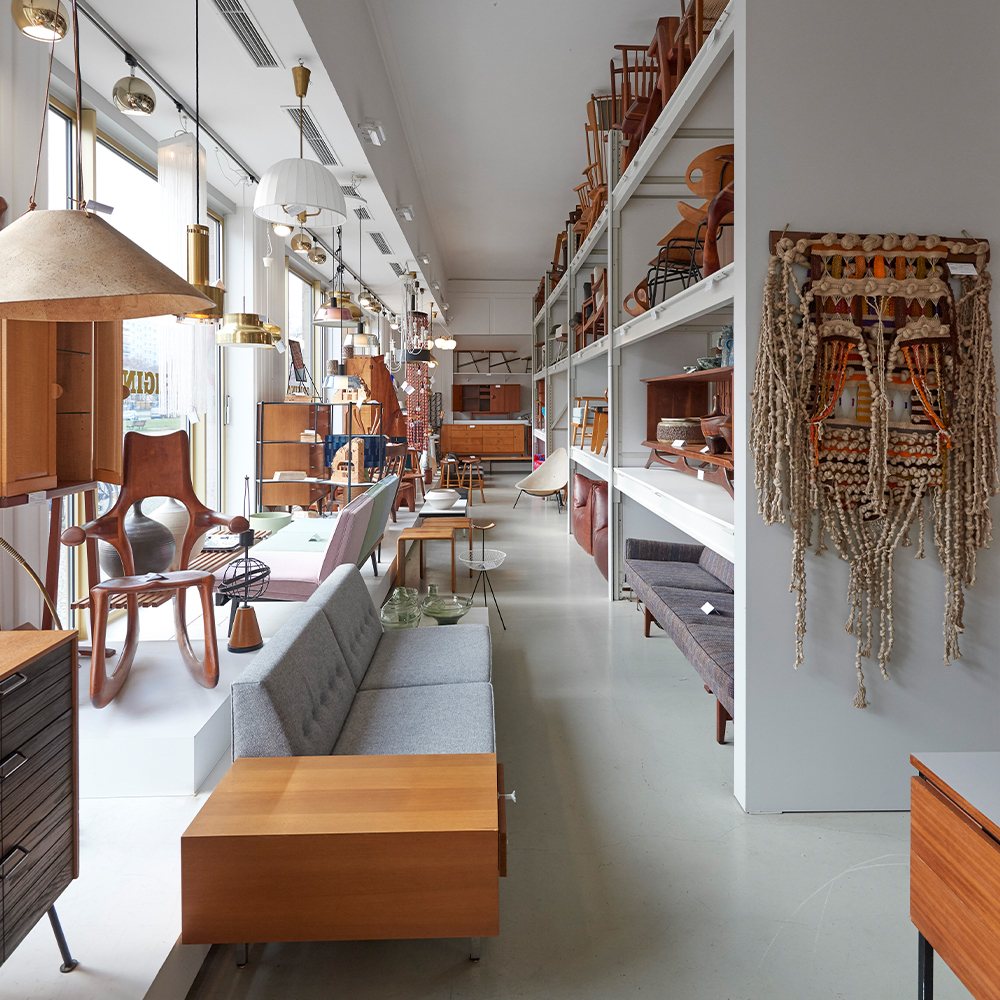October 29, 2023In our increasingly interconnected world, Galerie Philia relishes demonstrating how intriguing it can be for a gallery to break out of the typical white box. Brothers Ygaël and Yaïr Attali founded their enterprise in 2015 with a focus on emerging contemporary design and art, but rather than pouring all their energy into a single location, they have made it their mission to mount diverse exhibitions and installations around the globe.
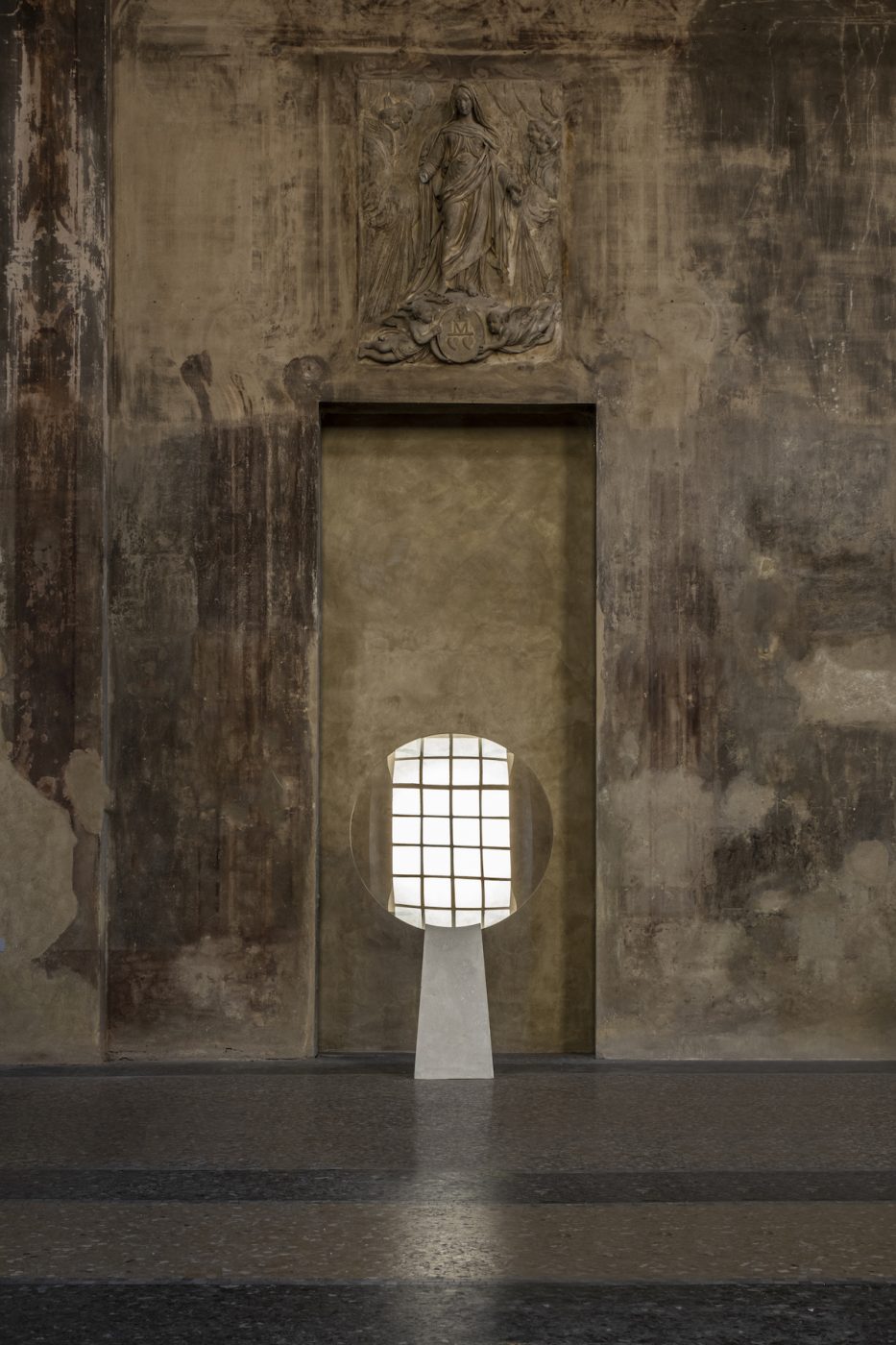
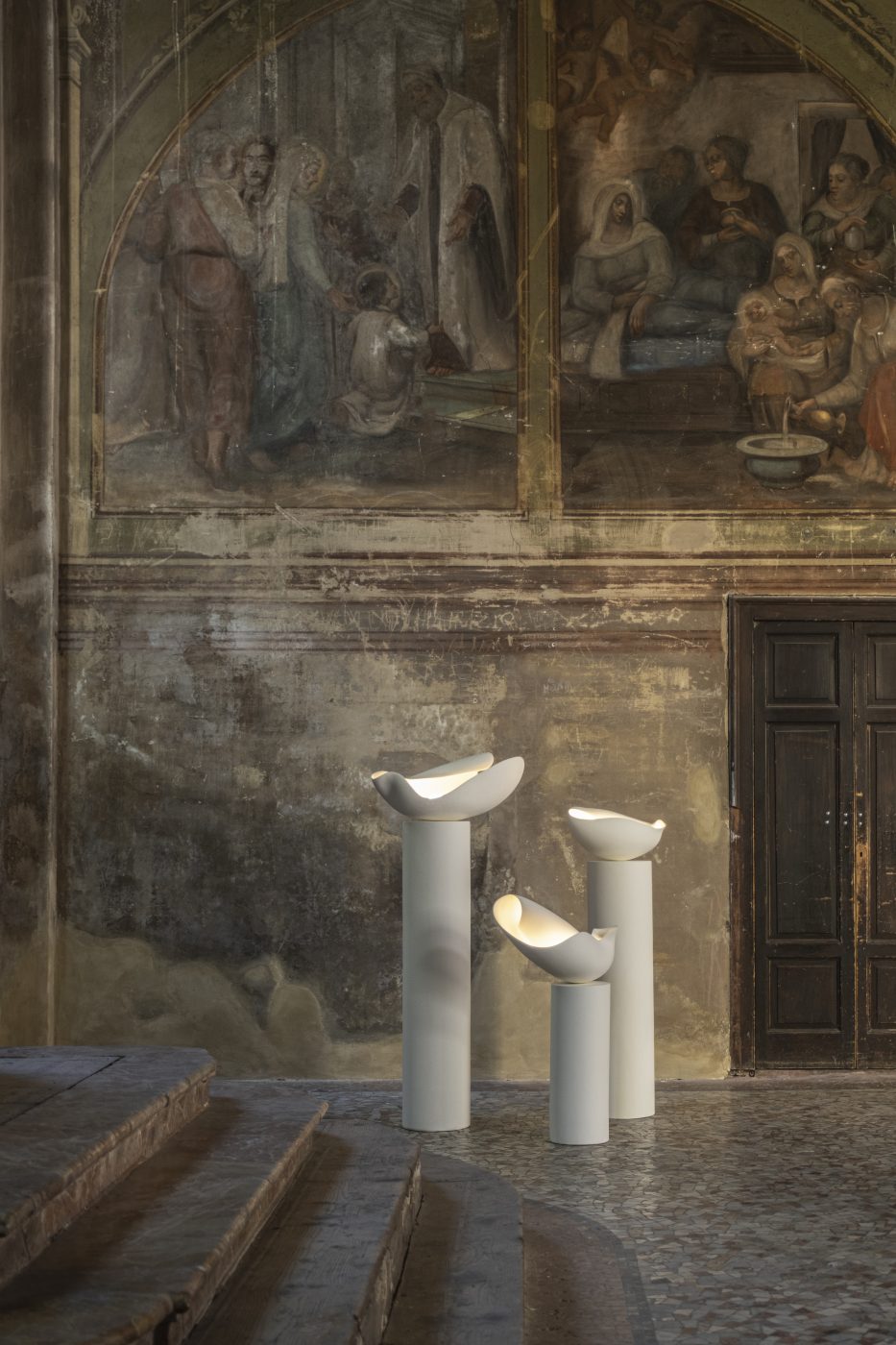
This past April, they took over San Vittore e 40 Martiri, a deconsecrated church in Milan dating to the 11th century, and filled it with contemporary works, including a monumental chandelier of ropy lights by Morghen Studio. A month earlier, they commandeered the Monumento a Fray Antonio de Montesino in Santo Domingo, in the Dominican Republic, for a breathtaking open-air exhibition on the beach of pieces like a finned copper lounge chair by the Mexican designer Manu Bañó. Last year, for the show “Hometown,” they furnished all five floors of a landmark townhouse in Manhattan’s Chelsea neighborhood with works by artists like Lucas Morten, Pietro Franceschini and Rick Owens.
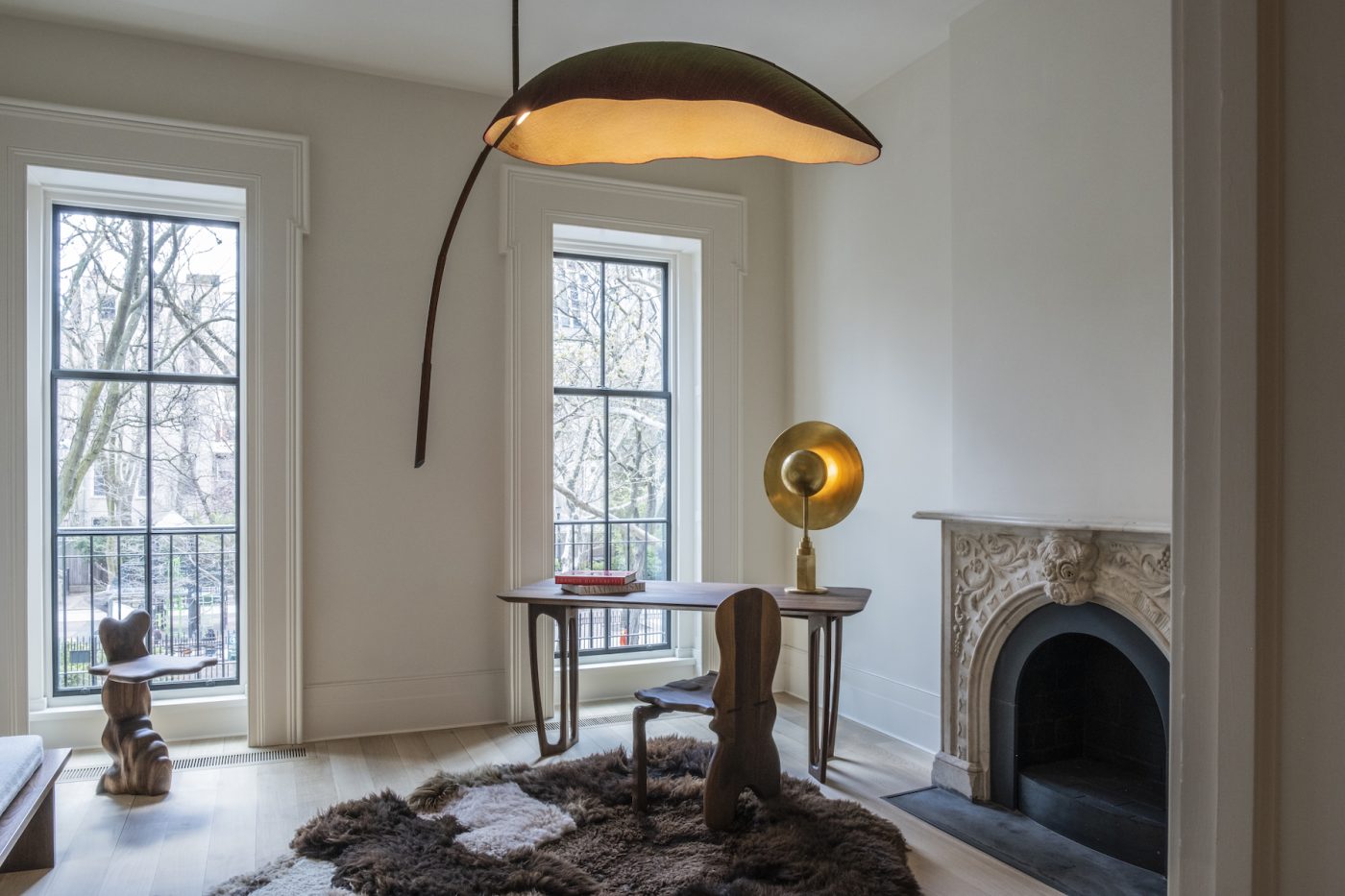
“Our specialty is nomadic exhibitions,” says Paris-born, Geneva-based Ygaël, who serves as the gallery’s lead curator, while his brother manages the business. “We do shows everywhere: a palazzo in Florence, a castle in France and Walker Tower in New York. We really like to link aesthetics with an architectural context.”
But Galerie Philia’s peripatetic exhibition program hasn’t stopped it from putting down roots. Starting with an outpost in Geneva, the brothers went on to establish additional locations in New York, Singapore and Mexico City, which seems only fitting for such a globe-trotting operation. It’s also proof that Ygaël, who has a Ph.D. in philosophy, and Yaïr, who studied archeology and history, were onto something when they decided to follow their passion for collecting by launching the gallery. Ygaël’s love of philosophy still informs the business, however. “The name, Philia, is a concept from Aristotle’s Nicomachean Ethics” that translates loosely as “friendship,” he says.
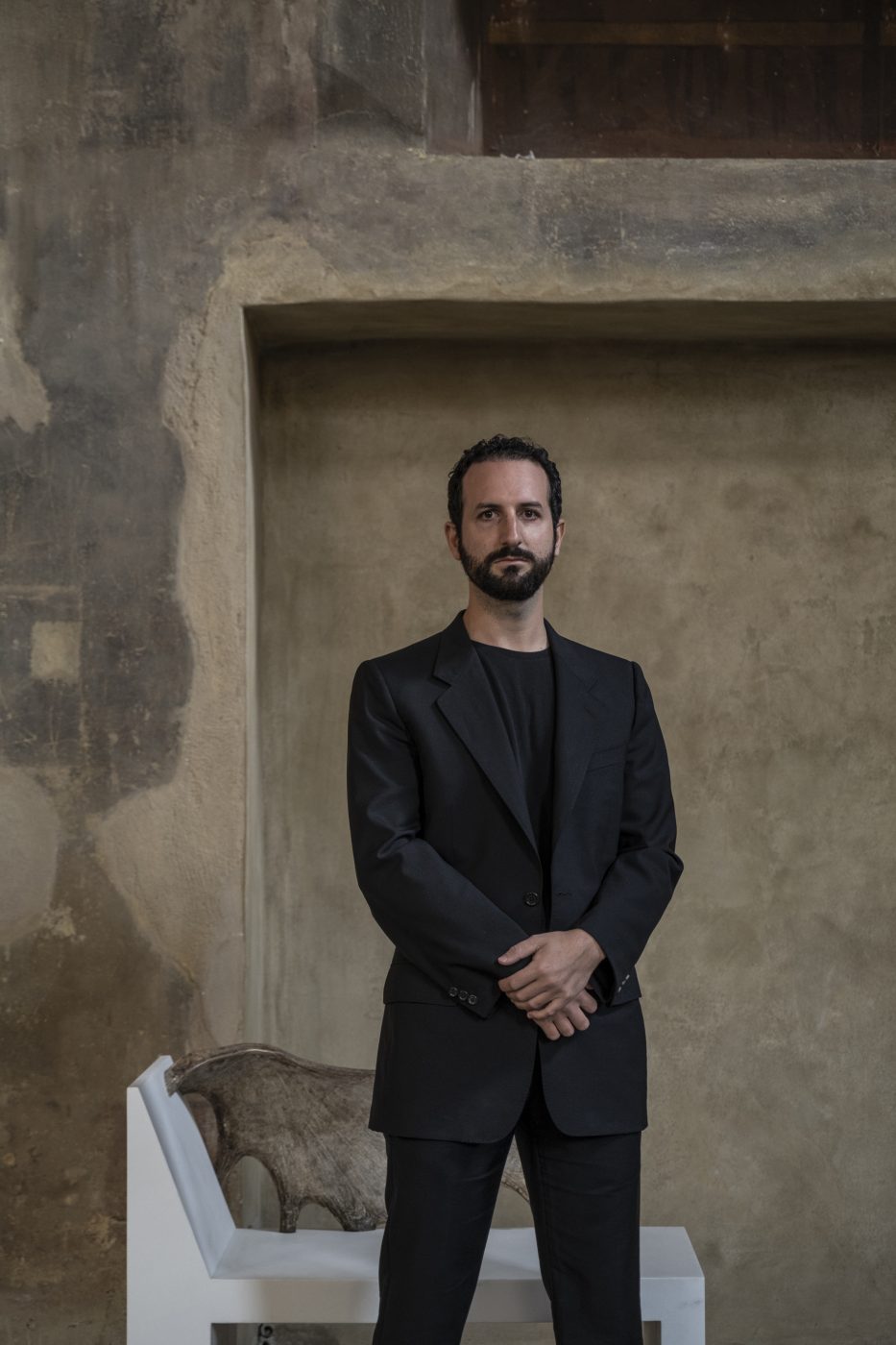
Always looking to nurture new developments in art and design, the gallery has begun hosting a series of residencies for its artists and craftspeople in inspiring locales that it calls Transhumances, named for the seasonal movements of farmers and livestock between different pastures. Previous residencies have been in France and Italy; the next will take place this November, with artists Elsa Foulon, Andrés Monnier, Laura Pasquino and Morghen Studio’s Roberto Tarter and Rodolfo Viola visiting Cappadocia, Turkey. The gallery also periodically organizes workshops that invite children to create their own objects in partnership with international designers.
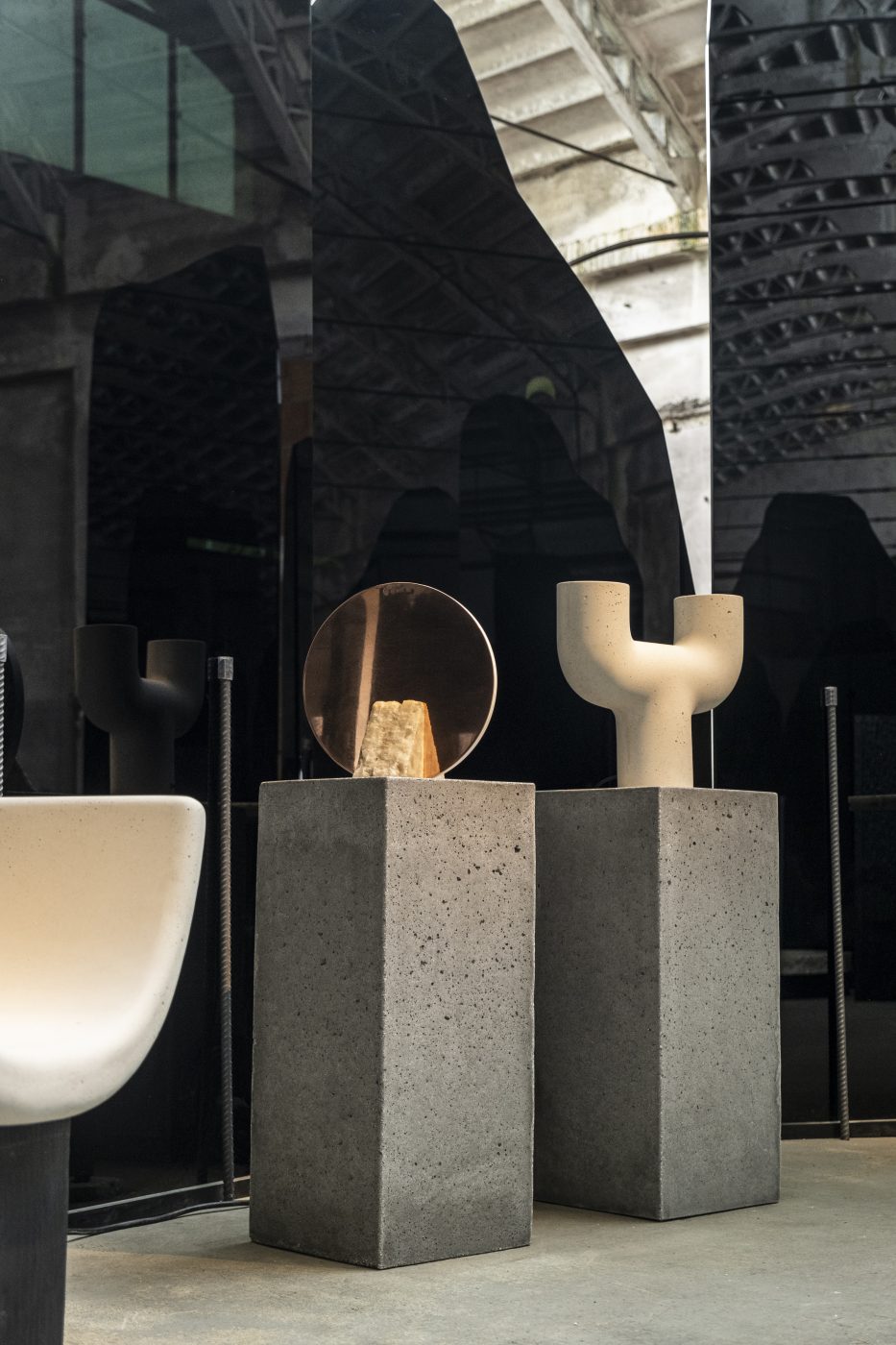
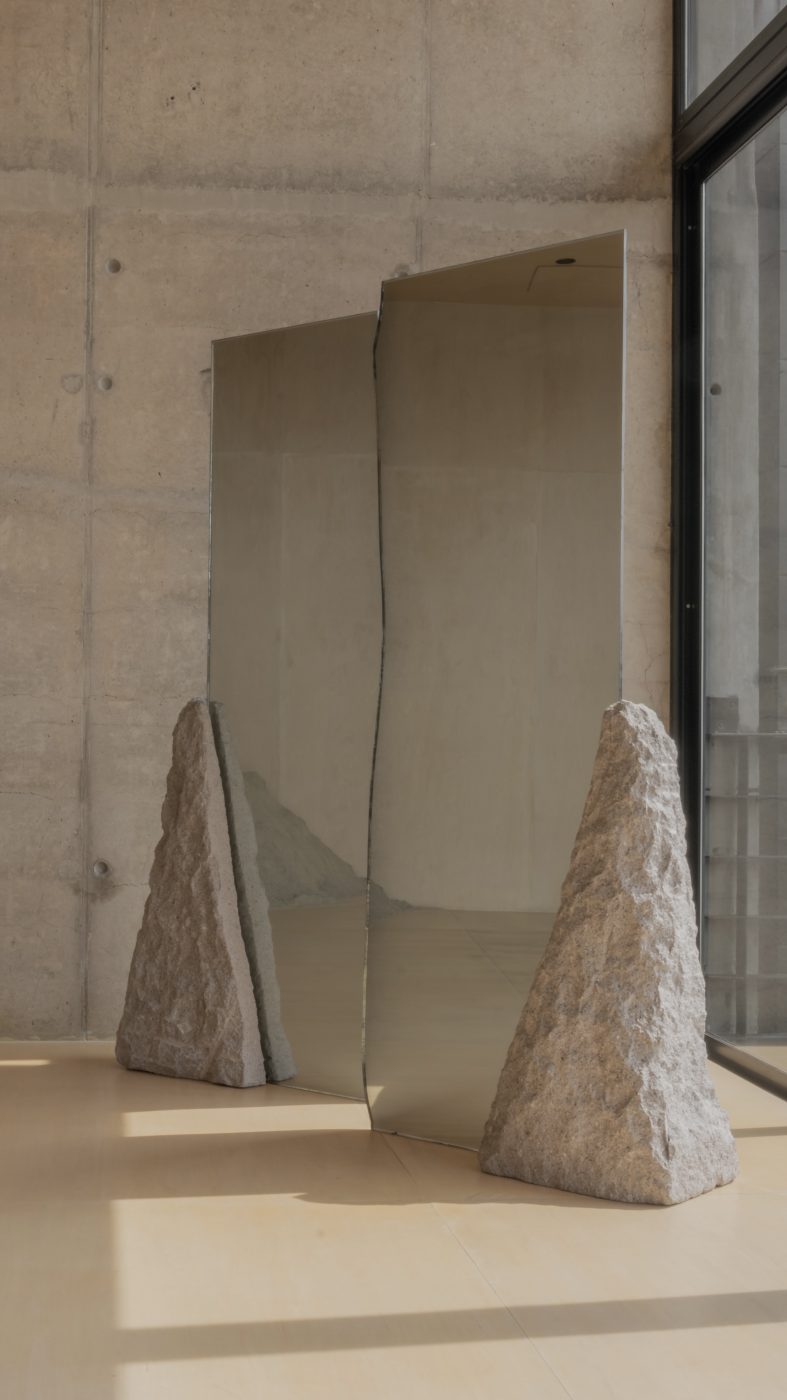
With its knack for discovering under-the-radar talent, Galerie Philia has attracted clients like top interior designers Ken Fulk, Nicole Hollis, Jake Arnold and Kelly Behun. One recent addition to the gallery’s roster is Milan-based Studiopepe, which produces such enticingly muscular pieces as Monolithic chairs with soft concrete and marble edges reminiscent of river stone and Temu electrified lamps that resemble altar candelabras. The gallery has also been championing the work of Mexico’s Andrés Monnier, who designs stone-based pieces displaying dramatic tension, like Illusio and Narciso mirrors, which pair fragile glass with rough-hewn rock bases.
Ygaël recently spoke with Introspective about the gallery’s latest projects, discoveries and intentions.
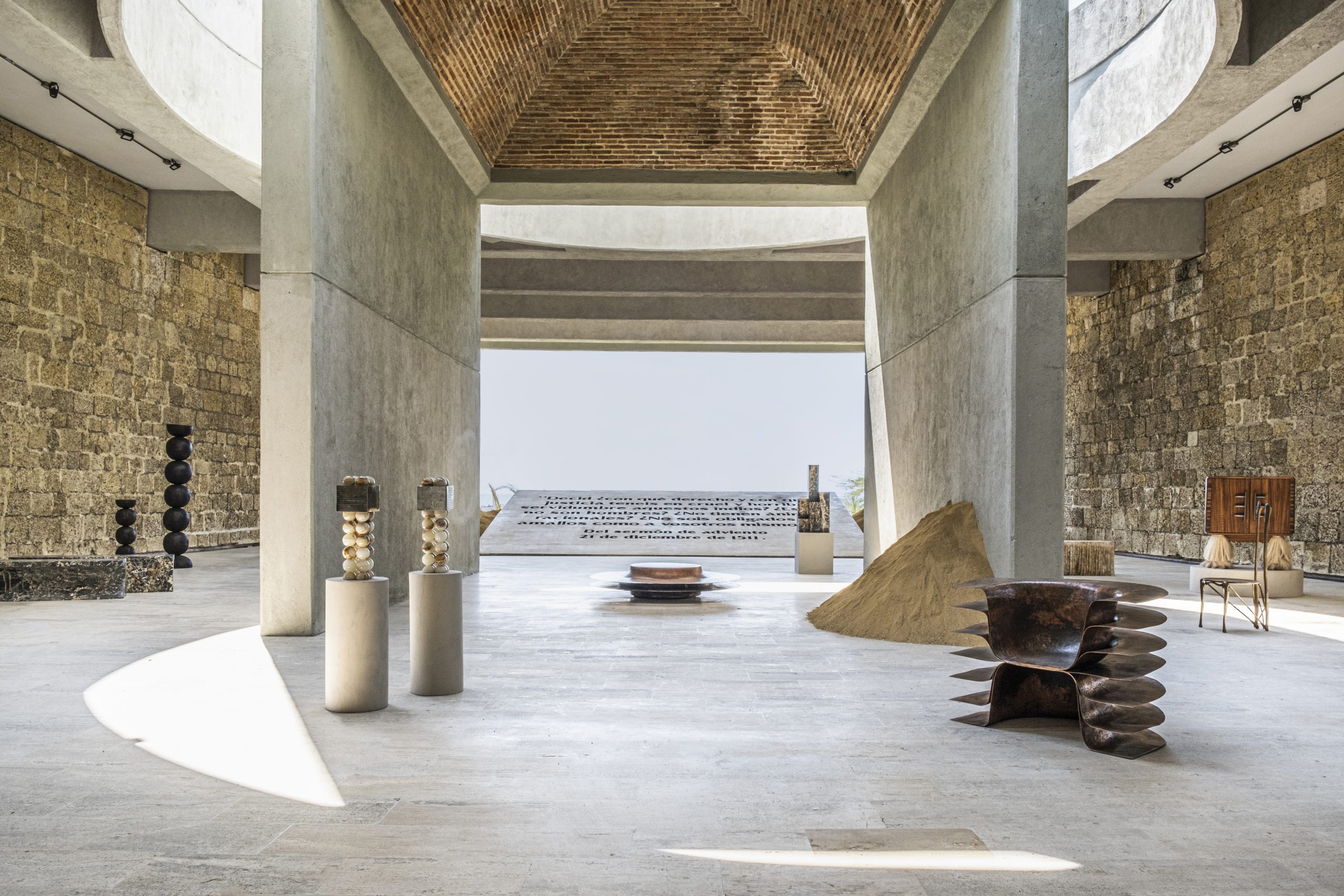
How do you find new artists?
The first thing is aesthetics. I need to be aesthetically attracted to a piece. Then, I ask myself, “Does it convey a meaning? Is it just an object, or is it more than that? Does it have a kind of aura?” So, first it’s the shape, the form and the geometry of the piece. Then, it’s about the sense it conveys. And I’m always interested in the technique that is used. Our gallery is very focused on textures and finishes and organic shapes. To me, it’s very important to see the artisan skills behind the work.
Once you begin representing an artist, is it always a long-term collaboration?
Absolutely, yes. All the designers we started with are still with the gallery. We’re of the same generation, and we became friends. Almost ten years later, it’s nice to see that those same artists have evolved a lot, and many are now in museums and exhibitions around the world.
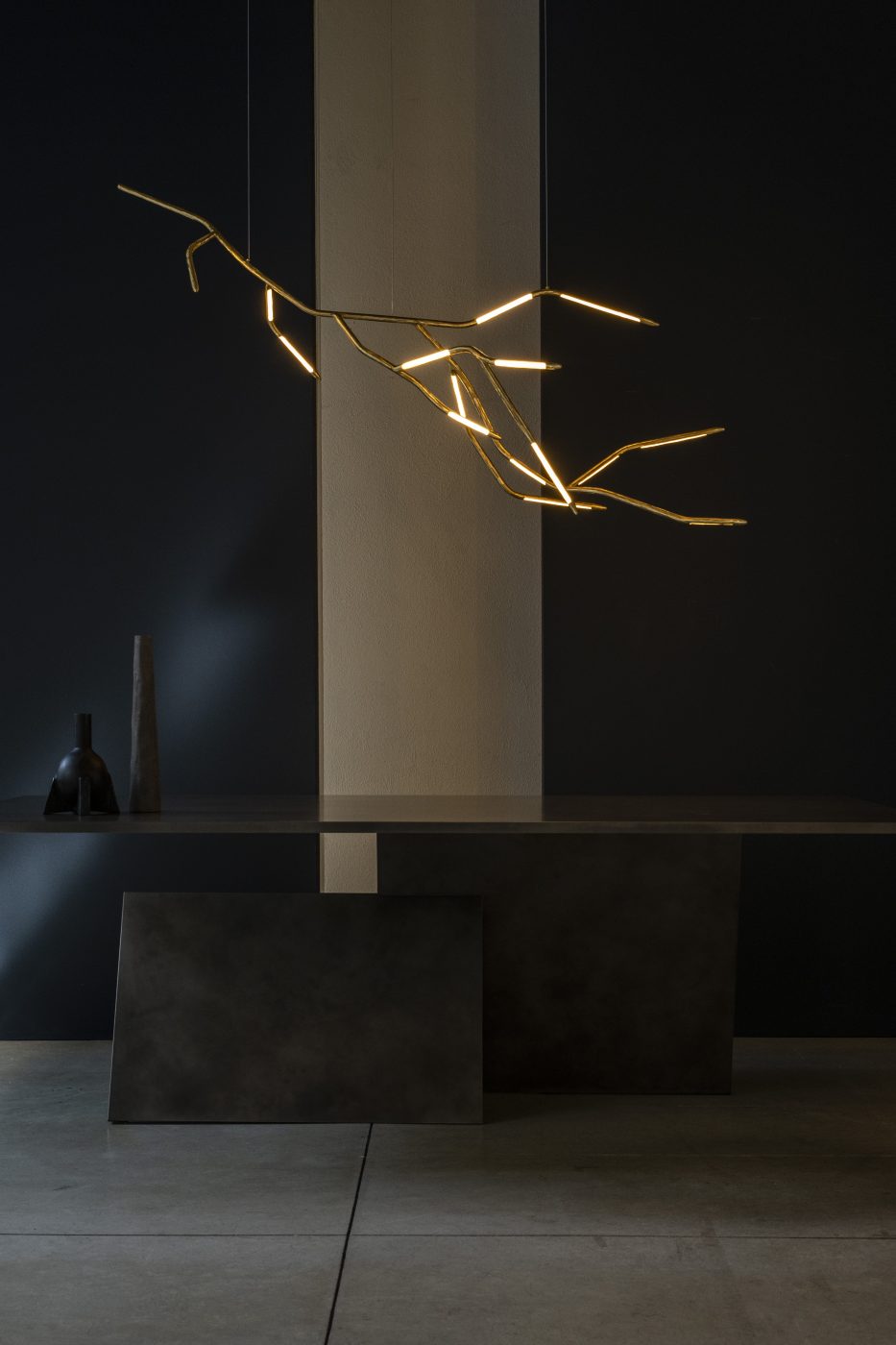
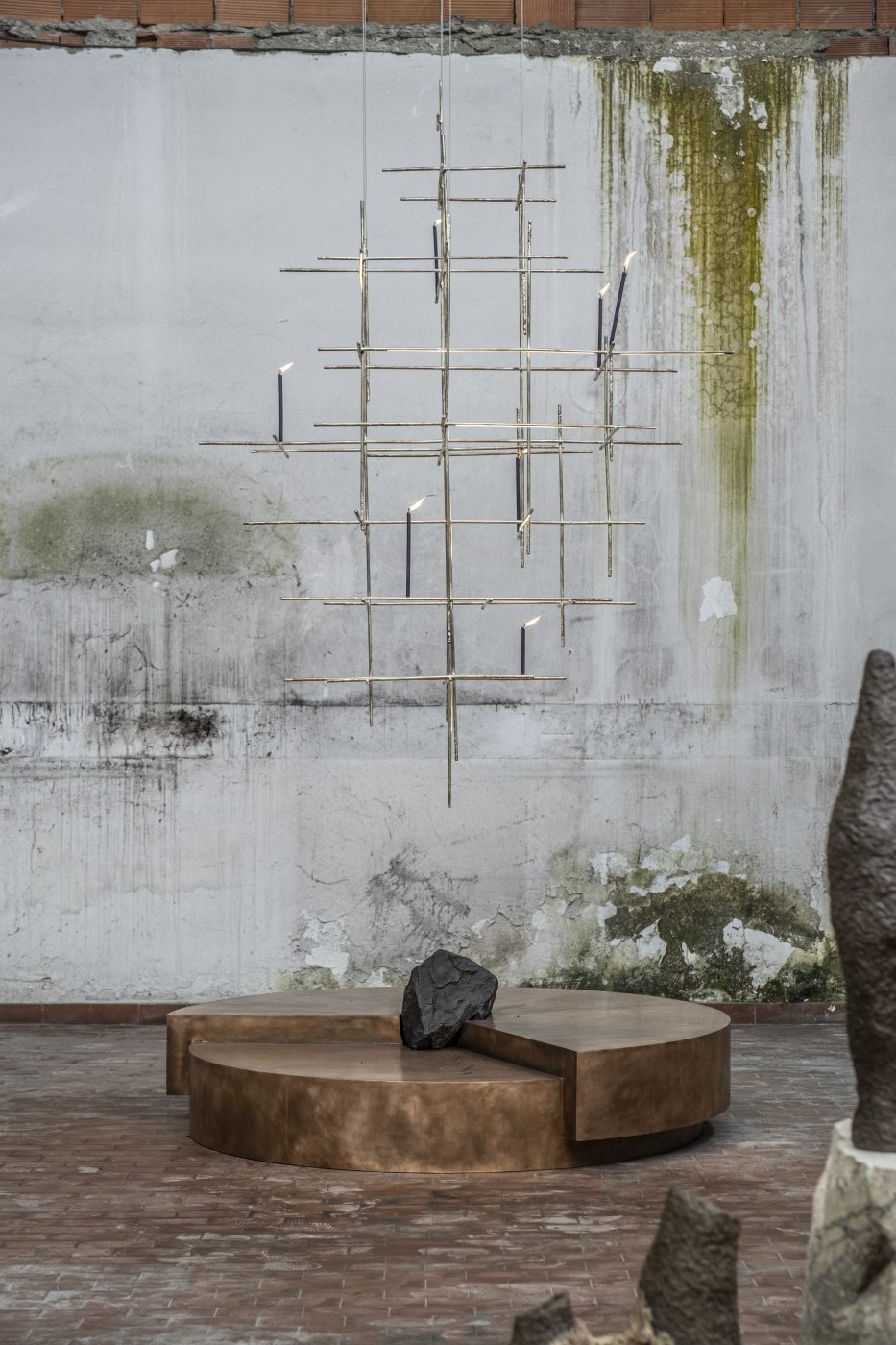
Could you single out one of them?
Morghen Studio. In 2016, they were doing flexible lights that nobody had thought of before. It was weird and original. In the beginning, it was hard for us to sell and promote them because people didn’t understand their aesthetic. But little by little, show after show, their work became more known and respected. And now, they are super-successful. The Cascade of Light chandelier they did for our “Desacralized” show in Milan is six meters high and very emotional. They started out doing small pieces, and now, they’re doing monumental works.
Who’s one of the newest talents you’re excited about?
Elsa Foulon. She’s a Parisian ceramist who works in Montmartre. Her work is very feminine, very delicate, very soft. She does chandeliers, sconces and lamps. It’s quite different, actually, from what we usually do, because we often focus on things that are dark and rough. So, she’s bringing something new to the gallery, and she’s someone to follow, I think.
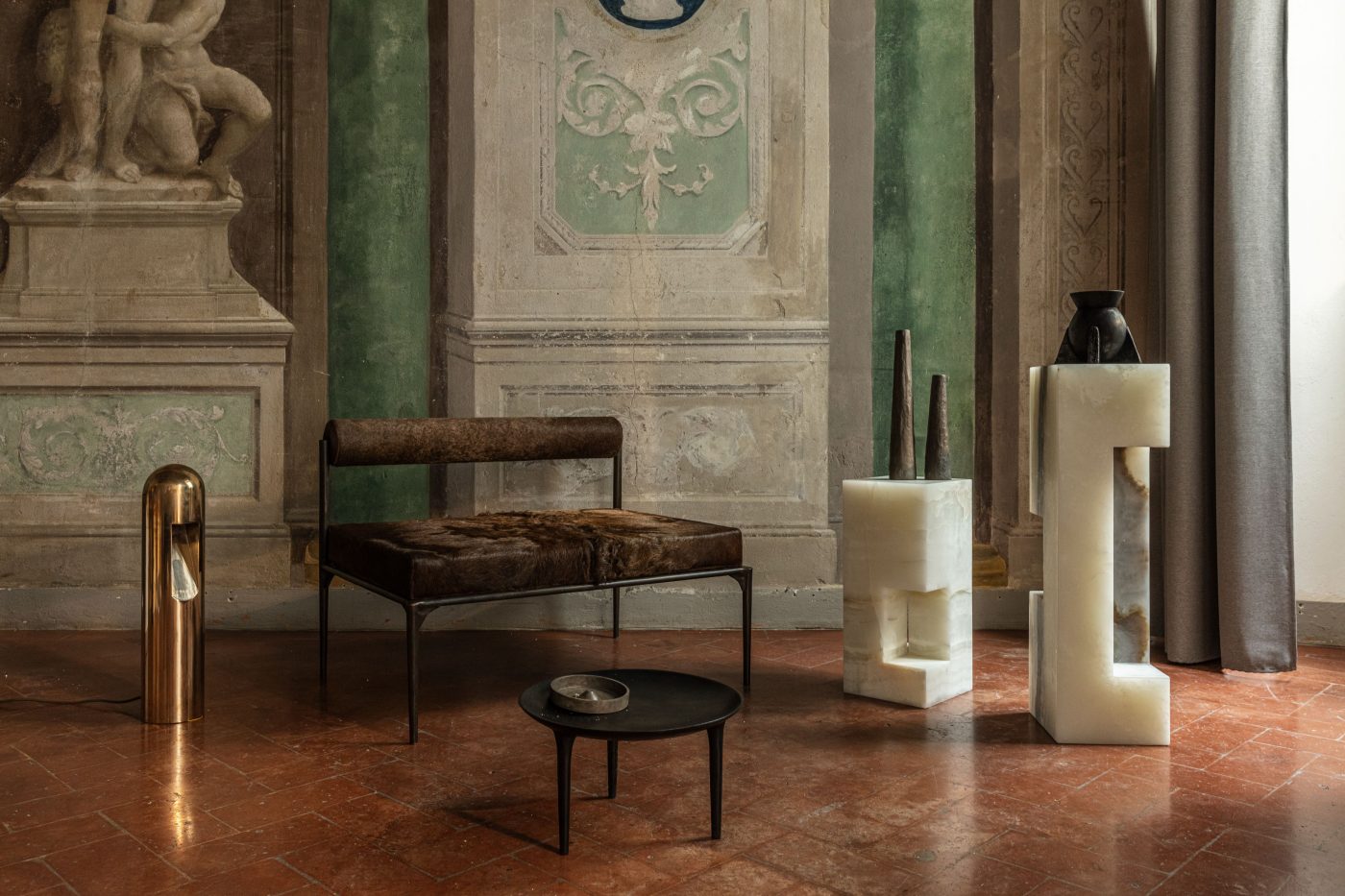
What trends have you seen develop since starting the gallery?
When we started, what we were doing was original and new. We were representing organic design when people were more into nineteen sixties and Art Deco. Instead of antiques, we were bringing in very rough pieces. Nowadays, that’s not as new as it was, and many galleries are showing this kind of work. Now, collectible contemporary design is the trend, and it’s what people are buying. But because it’s the new trend, I feel like we need to escape from it. We need to find something different, because it’s boring to do the same thing. What we did over the past ten years has been done by other galleries now, so we need to renew ourselves.
What advice would you have for a new collector getting into contemporary design?
Don’t be intimidated. Some people try to make others feel like art can’t be part of their lives, or that it has to be abstract and intellectual, but that’s not the case. Of course, it’s always interesting to know the intellectual and historical background of a piece. But to understand art, you simply need to try to feel something when you see it. Just go see things, and if you feel a kind of attraction to something, try to understand why. Follow what you feel.
